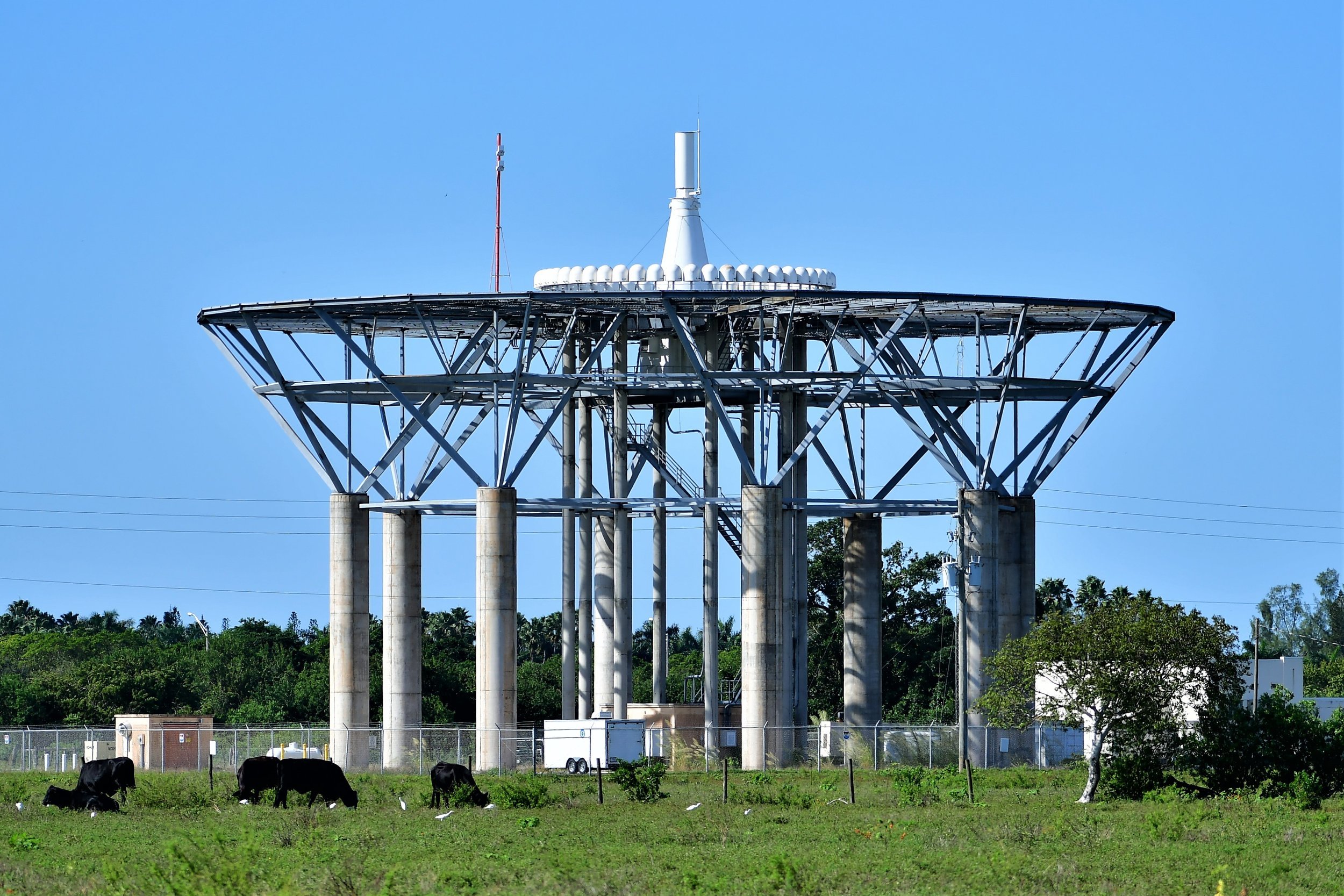The most widely used ground-based electronic navigational system in the world is comprised of a VOR (very high-frequency omnidirectional radio range) receiver and its matching VOR stations. The VOR receiver is common equipment on almost every type of aircraft, from Cessna 150s to Boeing 747s and Bell JetRanger helicopters, due to its wide signal range and numerous usage by pilots.
Each VOR station can also be divided into terminal, low altitude, and high altitude categories based on its range. At altitudes ranging from 1,000 feet agl to 12,000 feet agl, terminal VORs are intended to be clearly received up to 25 nautical miles from the station. Low-altitude VORs are designed to be used between 1,000 feet above ground level and 18,000 feet above ground level up to 40 nautical miles from the station. High altitude VORs, on the other hand, can be effective at shorter ranges of 40 nm or more from 1,000 feet agl all the way up to 60,000 feet agl. They have the highest range, 130 nm, between 18,000 feet agl and 45,000 feet agl. Keep in mind that line-of-sight is the only way to receive VOR signals. Therefore, even though you are inside the station's range, you won't get a reliable signal if there is a mountain between you and the VOR.
Here is a list of the Top 10 VORs pilots should be familiar with when flying on the eastern seaboard:

Dolphin VOR (DHP) located west of Miami International. Photo by Jorge Rivas.
Spartanburg VORTAC (SPA)
Kinston VORTAC (ISO)
Wilmington VORTAC (ILM)
Snow Hill VORTAC (SWL)
Salisbury VORTAC (SBY)
Hopewell VORTAC (HPW)
Indian Head VORTAC (IHD)
Nottingham VORTAC (OTT)
Smyrna VORTAC (ENO)
Sea Isle (SIE)
We know there are many more VORs that are used but we omitted the ones we felt were easy to identify like JFK, LGA, etc. Think we missed on what should have made the list? Leave your comment with the VOR below!

.png?width=178&height=50&name=Aviator%20Zone%20Academy%20(5).png)